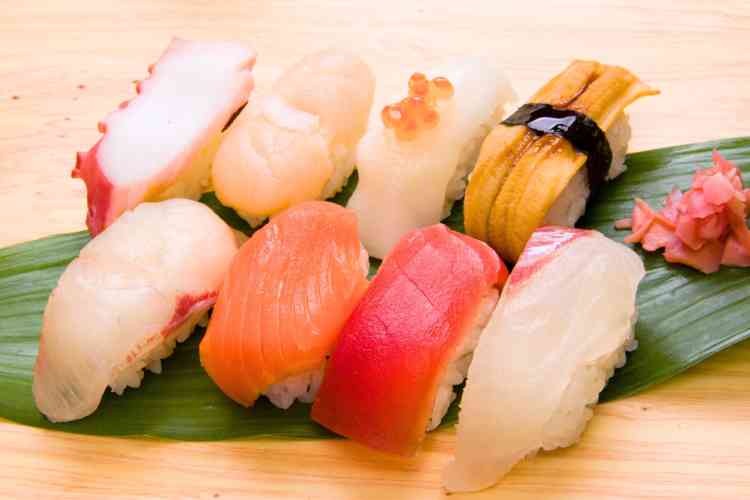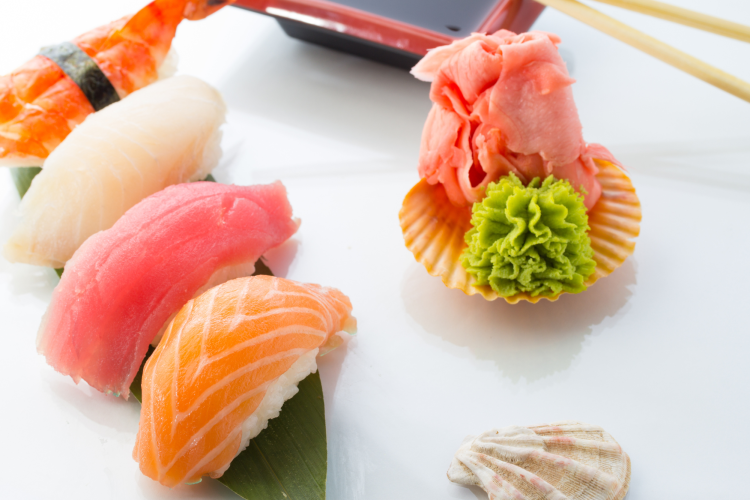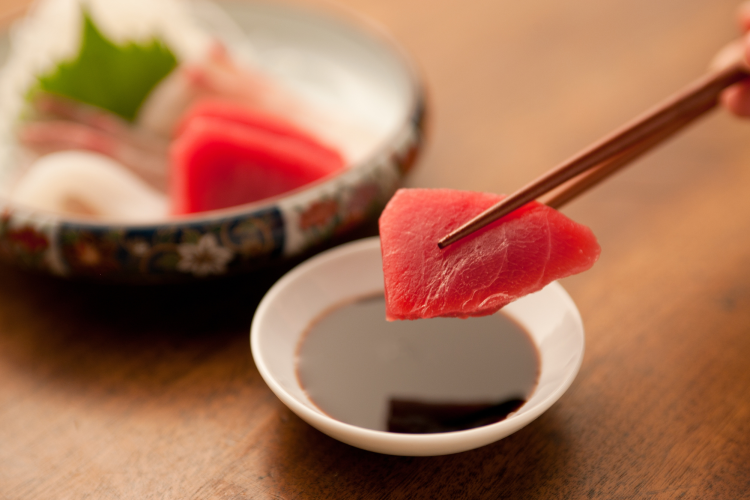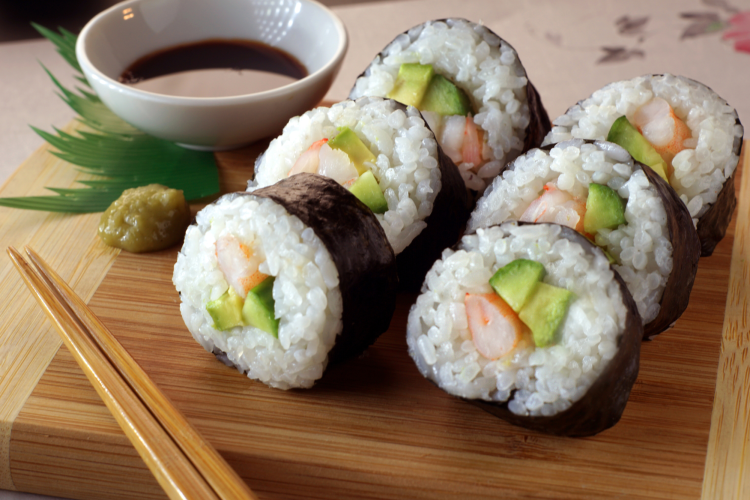Foodie Guide: What Is Nigiri?

While many sushi lovers may have tried nigiri as part of their culinary adventures, they may not have realized it has its own place in the sushi spectrum. Nigiri often shares the menu with maki and sashimi, all distinguished by the forms they take and the ingredients used to make them. Because the components are so similar, wondering whether you have nigiri or another type of sushi on your plate is a sure path to sushi confusion. Unless you're a sushi chef who already knows the difference, or a home cook considering cooking classes near you (like sushi making classes in Toronto or sushi making classes in Boston), the topic of nigiri may never arise.
What distinguishes nigiri from other forms of sushi, then? Have you eaten nigiri thinking you were eating sushi, or passed up trying nigiri because it didn't look like the sushi you're used to? The reality of nigiri is much clearer than it may seem at first glance. Our foodie guide takes a sushi for beginners approach to unroll the simple, delicious truth about nigiri and explain how it fits into the sushi line-up.
Jump to Section
What Is Nigiri?
In its most traditional form, nigiri is sushi featuring vinegar rice topped with raw fish and is hand-molded and served without a seaweed wrapper. This combination is sometimes flavored with wasabi to add a fiery kick to the basic sweet, tangy and savory blend. And though the rice is standard, sushi masters use an array of fish and seafood when creating nigiri. Ahi tuna, eel, sea bass and yellowtail are all familiar selections for topping nigiri. Other options like shrimp, clams and squid are also used in more fanciful takes on nigiri sushi dishes.
While sushi rolls can be eaten in a variety of ways, eating nigiri comes with precise instructions that ensure maximum enjoyment. Picking up nigiri with chopsticks, turning it upside-down and giving only the fish layer a quick dip in soy sauce is the preferred method for eating nigiri. Because the rice is likely to absorb a fair amount of the sauce if dipped, this fish-only method allows you to add just enough flavor without overpowering the bite.

Sashimi vs. Nigiri
The slices of raw fish used to crown nigiri is called sashimi, another familiar term you may have seen on menus at your favorite sushi stops. Of all the items you'll find on a sushi menu, sashimi is the most unadorned and straightforward. The most obvious difference is the lack of rice in the mix, though some sashimi is served atop a garnish called tsuma, comprised of sliced vegetables or layers of seaweed.
Though sashimi as a dish on its own is often confused for nigiri, the difference is quite distinct. Sashimi is simply raw fish served without rice, thinly sliced and flavored with a touch of soy sauce. The fish used in sashimi can be a traditional fish like salmon or more of a seafood-style selection like squid or shrimp. Unlike other items found on a sushi menu, sashimi can also be made from non-aquatic meats like chicken or beef. Despite its simplicity, sashimi is an elegant creation and held by chefs as a peak dish in formal Japanese cuisine.

Maki vs. Nigiri
Home cooks will quickly notice that the best sushi making kits contain tools for making maki sushi. With its nori, or seaweed wrapper, embracing rice, vegetables and slices or strips of seafood, maki is what most people think of when they hear the word "sushi." Maki rolls contain playful combinations of tastes and textures that may include creamy fillings and flavorful sauces. While maki uses similar ingredients, including rice, fish, seafood and vegetables, it's the trademark rolled form that separates it from both sashimi and nigiri. The popular concept of sushi in general being served in rolls stems from the familiarity of sushi in maki form!
Even with an easily recognized shape, some sushi menus may include maki as part of the name, though this isn't always the case. It's easy enough to know when you have maki on your plate. When you order dynamite, California and shrimp tempura rolls, you're really ordering the maki form of sushi. Anything served with a small scoop of rice but without nori casing is likely to be nigiri rather than maki. And if your order comes as slices of fish without rice, sashimi is the dish you'll be enjoying.
And now that you understand the all-encompassing term sushi vs. nigiri, sashimi and maki, you can order your favorites like a sushi pro!

Our Favorite Sushi Making Tools
If you’re taking your first steps toward making and enjoying sushi at home, or perhaps you’re getting ready for an online sushi making class, we’ve highlighted a few favorite products to get you started:
- Global Grub DIY Sushi Kit
- AYA Bazooka Sushi Making Kit
- AYA Eco Sushi Making Kit
- Helen's Asian Kitchen Bamboo Sushi Rolling Mat
- Helen's Asian Kitchen Sushi Chopsticks - Set of 5
Nigiri is one of the most enjoyable creations you'll find in Japanese cuisine, a simple combination of rice and fish that can stand on its own or become even bolder with a splash of soy sauce. Though closely related to its wrapped counterpart, maki, and topped with its simplified cousin, sashimi, nigiri takes up its own space on the sushi tray. Knowing this, both beginners making their first sushi dive and diners looking to expand their sushi experience can explore their options knowing exactly what they'll be ordering!
For even more ways to elevate your kitchen, check out chef-recommended cookware in the Cozymeal Shop.
